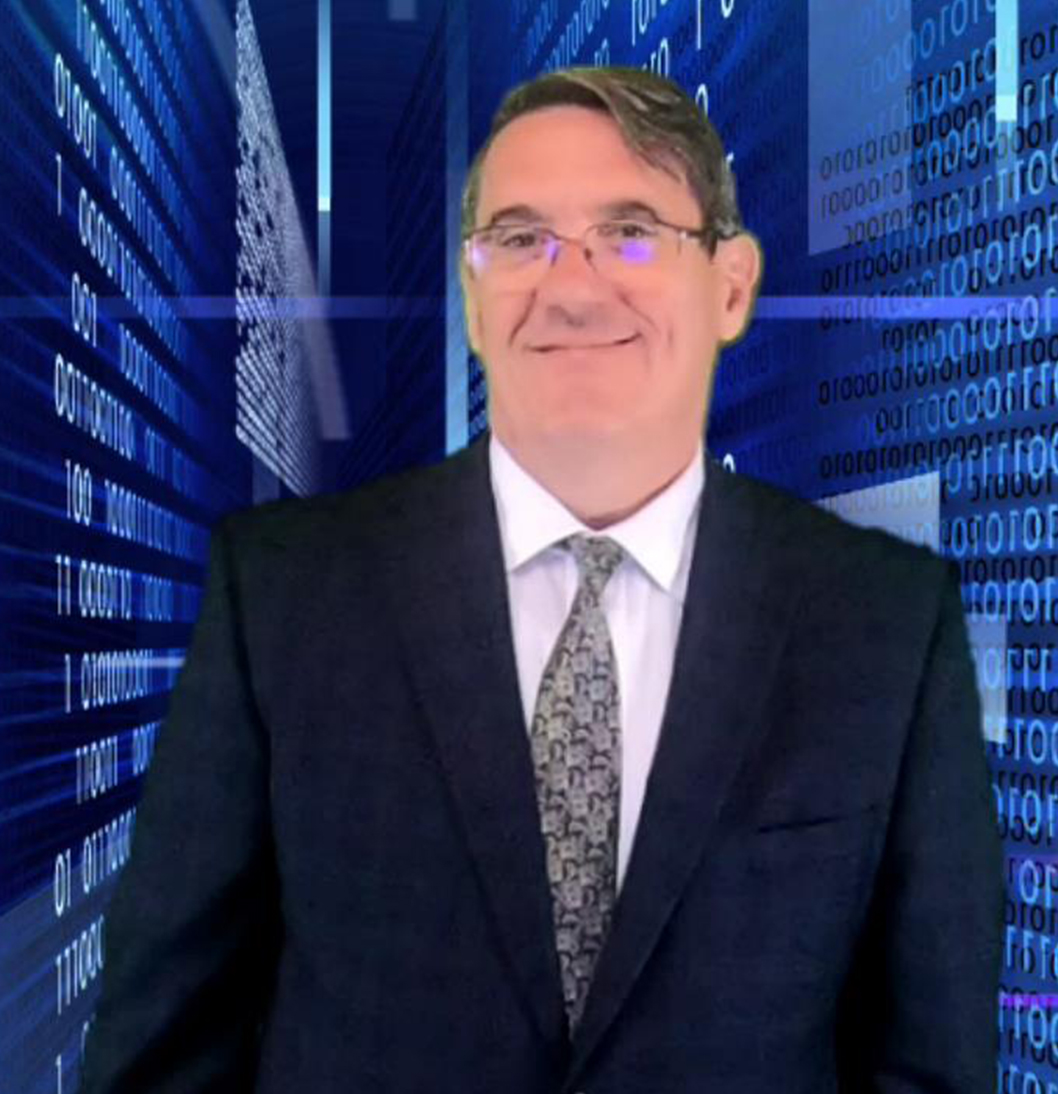 FORDHAM FORENSICS When It Really Matters770-777-2090
FORDHAM FORENSICS When It Really Matters770-777-2090
Does the Answer to Rising Discovery Costs Exist in the Mirror?
Gregory L Fordham
November 2008
Has e-discovery made the cost of justice too expensive?
In September 2008 the American College of Trial Lawyers and the Institute for the Advancement of the American Legal System released the results of a survey where 75 percent of the respondents agreed that discovery costs have increased disproportionately as a result of e-discovery.
Also, 63 percent of respondents claimed that e-discovery is being abused by counsel. Consequently, more involvement by a judicial officer is needed to reduce costs.
As a result of all of the above, the costs of e-discovery are encouraging settlements based on discovery economics rather than the merits of the case.
Interestingly, the results of the aforementioned survey were cited by Judge Grimm of the Maryland District Court in an October 15, 2008 decision in Mancia v Mayflower Textile Services, Co., 2008 WL 4595175.
In that decision Judge Grimm reviews the recent survey results along with numerous commentary from advisory committee notes as well as studies and conclusions by numerous groups and legal scholars for the last fifty years.
In light of the long history associated with discovery problems, is it likely that the real problem is e-discovery or even the recent changes to the federal rules?
In general, Judge Grimm’s analysis attributes the cause for escalating discovery costs with those not following the rules as they have existed for years. There are several take-aways from his analysis.
First, under Judge Grimm’s analysis Rule 26(g) of the FRCP imposes an affirmative duty to engage in pretrial discovery in a responsible manner. Apparently, the belief that the American adversarial system does not lend itself to the cooperation required by the rule has undermined this requirement.
Second, the cooperation required by the rule does not undermine the advocacy system. Advocacy is a form of public service. But it ceases to be that when it hinders the process and misleads, distorts and obfuscates and makes the decision process more difficult
Third, the rule is designed to curb discovery abuse by explicitly encouraging the imposition of sanctions. Sanctions, which can include reasonable expenses and attorneys fees, can be imposed by the Court in response to a motion or sua sponte.
The basis for the sanction would be a false certification. The rule requires that every discovery disclosure, request, response or objection be signed by at least one attorney of record or the client. The certification signifies that to the best of a person’s knowledge and belief formed after reasonable inquiry that several conditions exist.
One is that the disclosure, request, response or objection is not interposed for any improper purpose such as to harass, cause unnecessary delay, or needlessly increase the cost of litigation. Another is that they are neither unreasonable nor unduly burdensome or expensive considering the needs of the case, the amount in controversy, and the importance of the issues at stake in the action.
Fourth, the rule aspires to eliminate the most prevalent discovery abuse—kneejerk discovery requests served with-out consideration of cost or burden to the responding party.
Fifth, the rule eliminates objections that are not grounded on a factual basis. Furthermore, boiler-plate objections that claim a request is overly broad and not likely to result in any relevant information are prima facia evidence of a rule 26(g) violation and waiver of the objection.
In light of Judge Grimm’s analysis and advocacy of sanctions in Mancia litigators will likely need to take two steps when conducting discovery.
First, engage in considerably more planning with opposing counsel. When the techniques are understood such with searching hard drive, mutually crafted protocols addressing the scope of discovery, the selection of vendors, the examination efforts and even the search techniques will likely continue to have widespread use. As a result, Rule 34 production requests will diminish in frequency.
Second, when the extent of the ESI is diverse and less understood such as with proprietary technologies or application databases, litigators will need to get experts involved earlier for meetings and planning with opposing experts and personnel.
